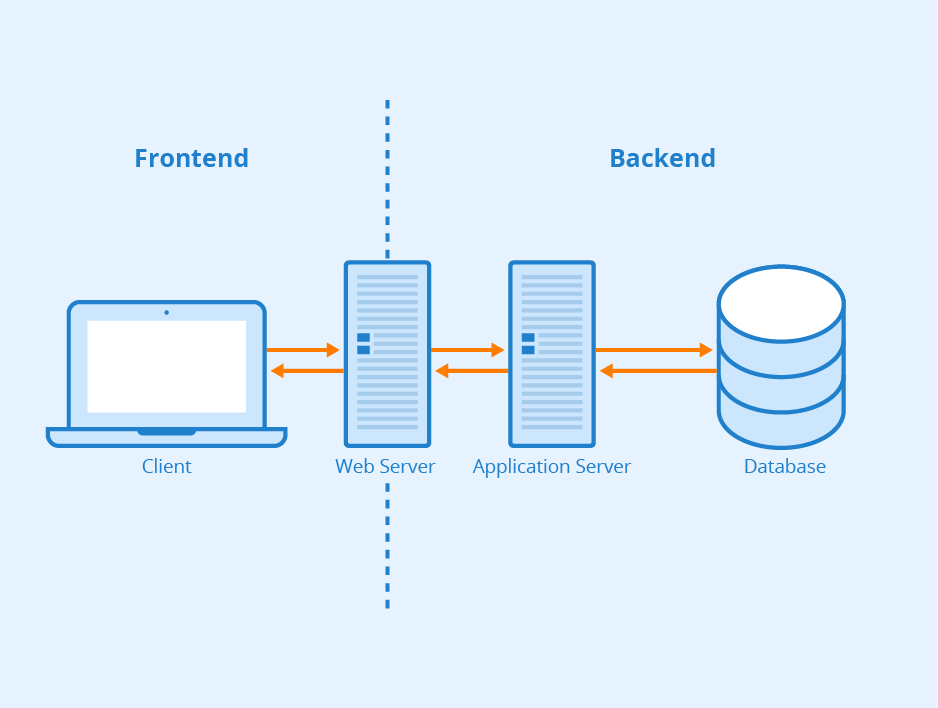Frontend frameworks have revolutionized web development, offering developers powerful tools and components to build efficient and feature-rich user interfaces. With the ever-evolving landscape of web technologies, staying up-to-date with the top frontend frameworks is crucial. In this blog post, we will explore the top frontend frameworks of 2021 that have gained popularity for their capabilities, performance, and developer-friendly features.
React.js:
React.js, developed by Facebook, has gained immense popularity and is widely adopted for building dynamic and interactive user interfaces. Its component-based architecture and virtual DOM make it highly efficient and flexible. React's ecosystem provides a vast collection of libraries and tools, such as Redux and Next.js, that enhance its functionality and enable rapid development.
Angular:
Angular, maintained by Google, is a comprehensive framework for building scalable and robust web applications. With its powerful features like two-way data binding, dependency injection, and a component-based architecture, Angular simplifies development and promotes code reusability. It also offers a robust CLI (Command Line Interface) for generating components, services, and modules.
Vue.js:
Vue.js has gained significant popularity for its simplicity and ease of integration. It provides a progressive framework that allows developers to incrementally adopt its features as per their project requirements. Vue's reactivity system, component-based structure, and comprehensive documentation make it a popular choice for both small and large-scale applications.
Svelte:
Svelte is a relatively newer frontend framework that focuses on a compiler-based approach to building applications. It compiles the application code into efficient JavaScript that runs directly in the browser, resulting in lightweight and high-performance applications. With its declarative syntax and built-in state management, Svelte simplifies frontend development and optimizes runtime performance.
Bootstrap:
Bootstrap is a widely used CSS framework that provides a comprehensive set of pre-designed components, styles, and layout options. It offers a responsive grid system, extensive CSS classes, and JavaScript plugins, making it an excellent choice for rapidly prototyping and building responsive websites. Bootstrap's popularity is further amplified by its active community and continuous updates.
Tailwind CSS:
Tailwind CSS is a utility-first CSS framework that allows developers to rapidly build custom user interfaces. It provides a set of highly customizable utility classes that can be composed together to create complex designs. With its utility-first approach, developers have fine-grained control over styling, resulting in efficient CSS and consistent designs.
Conclusion:
Frontend frameworks play a crucial role in modern web development, enabling developers to create powerful and responsive user interfaces. React.js, Angular, Vue.js, Svelte, Bootstrap, and Tailwind CSS are among the top frontend frameworks of 2021 that have gained popularity for their capabilities, performance, and extensive ecosystems. Each framework has its own unique features and strengths, catering to different development needs and preferences. Keeping up with the latest trends in frontend frameworks allows developers to leverage the best tools and techniques to build exceptional web applications.
Happy development!
